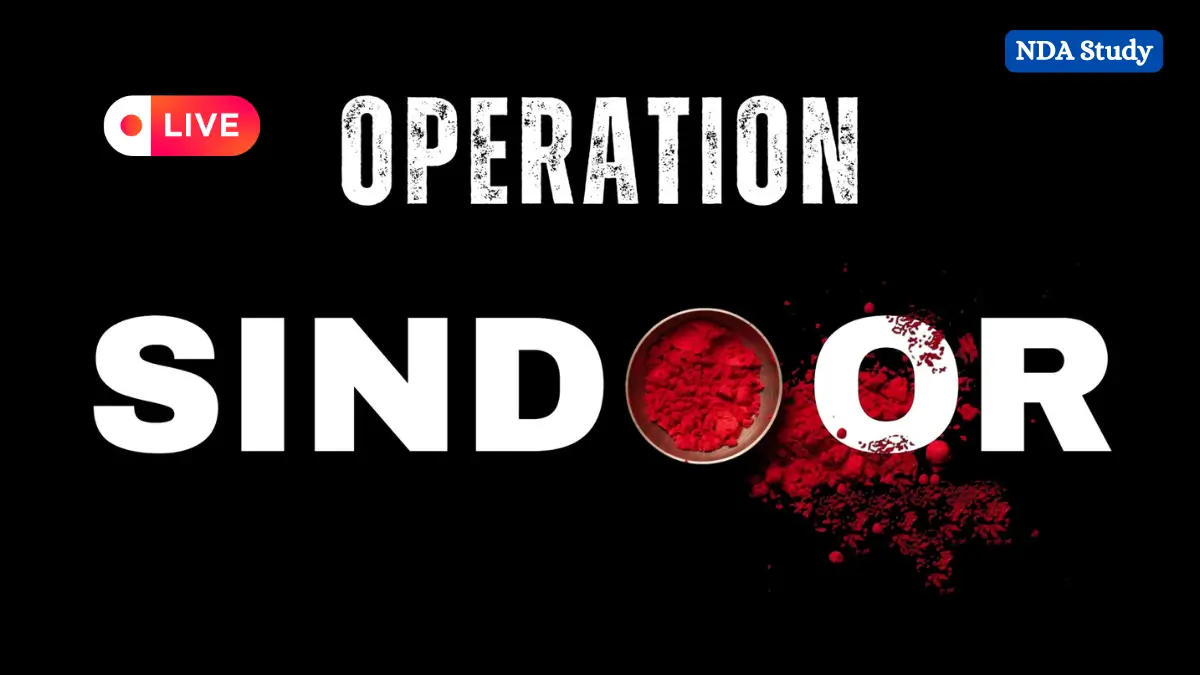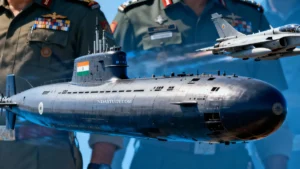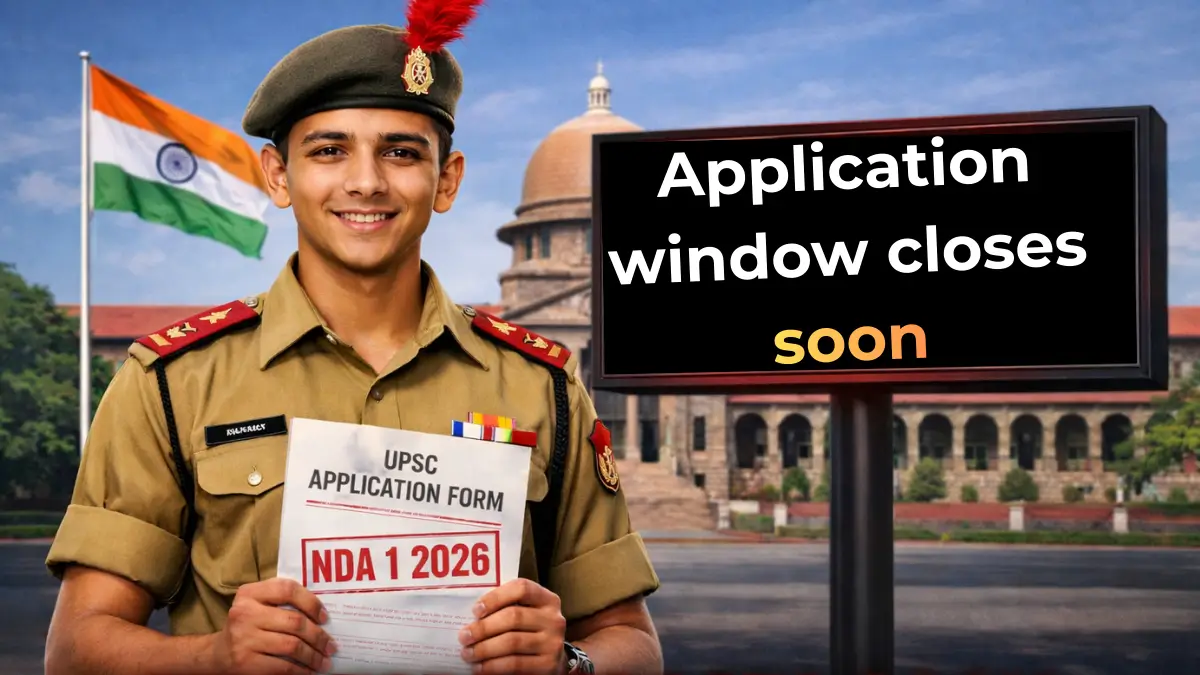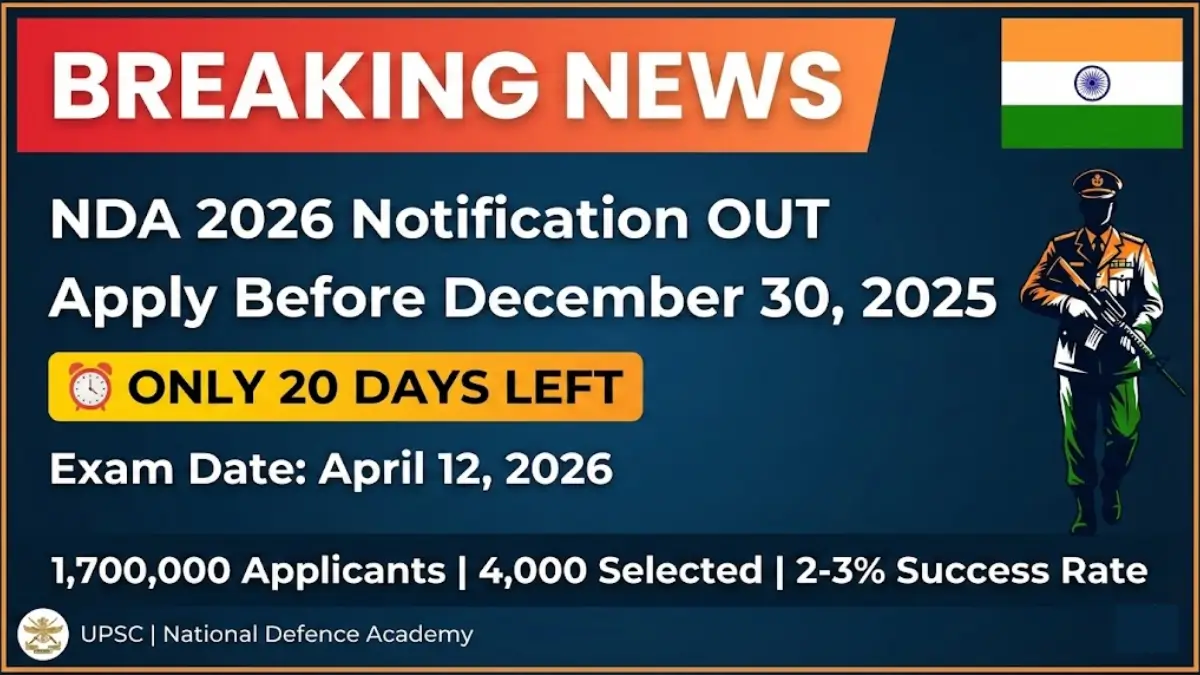Operation Sindoor 2nd day: In the early hours of May 8, 2025, the world held its breath as India and Pakistan, two nuclear-armed neighbors, teetered on the edge of all-out war. Following India’s daring “Operation Sindoor” on May 7—a precision strike targeting terrorist infrastructure in Pakistan and Pakistan-administered Kashmir—the subcontinent erupted into a day of dramatic military escalation. Air defense systems blazed across the sky, missiles were intercepted, and artillery fire echoed along the Line of Control (LoC).
Yet, amidst the chaos, India’s resolute defense and strategic counterstrikes stood tall, thwarting every Pakistani attempt to breach its borders. This article dives deep into the Operation Sindoor 2nd day or May 8, delivering a comprehensive timeline, fact-checking key claims, and exploring what lies ahead—all backed by credible sources, including live news updates and social media insights.
What Happened on Operation Sindoor 2nd day (May 8, 2025)?
Following India’s “Operation Sindoor” on May 7, 2025, which targeted terrorist camps in response to the April 22 Pahalgam attack, Pakistan launched retaliatory strikes. These included drone and missile attacks on 15 Indian cities, all thwarted by India’s air defense systems. Cross-border shelling in Jammu and Kashmir caused civilian casualties, and India countered by neutralizing Pakistani air defense systems, including one in Lahore.The conflict stems from the Pahalgam terror attack, where 26 civilians were killed by Lashkar-e-Taiba-linked terrorists. India’s operation aimed to dismantle terrorist infrastructure, but Pakistan’s response escalated tensions, leading to a day of intense military activity.
The situation is fluid, with India maintaining high alert and Pakistan facing pressure to de-escalate. International calls for peace may influence diplomatic efforts, but the risk of further clashes remains. We think peace can’t be a good solution to the brutality & madness of Pakistani military. Firstly “Operation Sindoor” was a precisely targeted operation with Zero civilian & military casualties (only Terrorist infrastructure & Terrorist were targeted), Yet they dared retaliate. Now lets move on to the “Operation Sindoor 2nd day” timeline & other details.
Timeline of Events of Operation Sindoor 2nd Day (May 8, 2025)
The following timeline captures the key incidents of May 8, 2025 (Operation Sindoor 2nd Day), based on live updates, NDA Study’s deep research, YouTube news & lives, Pakistani Media & influencers, also from Indian official statements and other sources:
(Drawing from official Ministry of External Affairs (MEA) briefings, live news, and social media, here’s a detailed timeline of events on May 8, 2025:)
Early Morning (Around 1:05 AM IST)
- Event: Pakistan launched a missile targeting Jethuwal village near Amritsar, Punjab, aiming to disrupt civilian and military infrastructure.
- Response: India’s S-400 air defense system intercepted the missile mid-air, with debris recovered near Amritsar, confirming the attack’s origin.
- Details: No casualties or damage were reported, showcasing the S-400’s precision. The incident set the stage for Pakistan’s broader offensive [Source: Missile Matters, YouTube,].
Morning (Throughout the Morning Hours)
- Event: Pakistan unleashed a coordinated barrage of drones and missiles targeting 15 Indian cities: Awantipura, Srinagar, Jammu, Pathankot, Amritsar, Kapurthala, Jalandhar, Ludhiana, Adampur, Bhatinda, Chandigarh, Nal, Phalodi, Uttarlai, and Bhuj.
- Response: India’s Integrated Counter UAS Grid, leveraging S-400, Akash, L-70, Zu-23, and Schilka systems, neutralized all threats. Debris from downed projectiles was recovered, evidencing Pakistan’s aggression.
- Indian Counteraction: Indian Armed Forces conducted precision strikes on Pakistani air defense radars and systems, neutralizing a key air defense system in Lahore, maintaining proportionality in response.
- Details: The failed Pakistani assault aimed to overwhelm India’s defenses but was met with swift interception. Social media posts from Pakistani influencers expressed frustration, with one calling it “a costly miscalculation” [Sources: NDTV, India Today, MEA Briefing,,].
Throughout the Day
- Event: Pakistan intensified unprovoked firing across the LoC using mortars and heavy-caliber artillery in Kupwara, Baramulla, Uri, Poonch, Mendhar, and Rajouri sectors in Jammu and Kashmir.
- Response: India retaliated with targeted artillery and mortar fire, halting Pakistani barrages and protecting civilian areas.
- Details: The shelling claimed 16 civilian lives, including three women and five children. A Gurdwara in Poonch was hit, killing Bhai Amrik Singh, Bhai Amarjeet Singh, and Bhai Ranjit Singh, as confirmed by the Shiromani Gurdwara Parbandhak Committee (SGPC). India’s response was calibrated to minimize escalation while countering aggression [Sources: The Economic Times, ANI, MEA Briefing,].
Afternoon
- Event: A blast was reported in Lahore, Pakistan, raising speculation of Indian involvement.
- Details: The cause remains unconfirmed, with theories ranging from Indian counterstrikes to internal Pakistani mishaps. No official Indian link was established, but YouTube streams from Pakistani channels debated the incident, with some alleging a cover-up [Sources: Business Standard, YouTube,].
Evening
- Event: Pakistan launched additional drone attacks targeting military installations, including Jaisalmer Air Force Station, Jammu airport, and Pathankot.
- Response: India’s air defense systems intercepted all threats, with two kamikaze drones downed in Poonch and a drone neutralized 20 km from Phalodi Air Force Base.
- Details: Blackouts were enforced in Uri, Kupwara, Kachchh (Bhuj), and Udhampur for safety. Air raid sirens sounded in Chandigarh, and Srinagar Airport suspended civilian flights. An IPL match in Dharmshala was halted, reflecting the nationwide alert [Sources: News18, India TV, ANI,,].
Night
- Event: Both nations remained on high alert, with no major new incidents reported overnight.
- Details: Indian forces maintained vigilant surveillance, while Pakistan adopted a defensive posture after its failed offensives. The MEA reiterated India’s commitment to non-escalation, provided Pakistan reciprocates [Sources: The Hindu, MEA Briefing,].
Official Statements and Briefings
The Ministry of External Affairs (MEA) held a critical briefing on May 8, 2025, led by Foreign Secretary Shri Vikram Misri, alongside Colonel Sofiya Qureshi and Wing Commander Vyomika Singh. Key points from the MEA briefing include:
- Operation Sindoor’s Intent: India’s strikes were “non-escalatory, precise, measured, and considered,” targeting only terrorist infrastructure linked to The Resistance Front (TRF), a Lashkar-e-Taiba front responsible for the Pahalgam attack.
- Civilian Casualties: Since May 7, Pakistani actions killed 16 civilians and injured 59, including an attack on a Gurdwara in Poonch that killed at least three people.
- Disinformation Debunked:
- Pakistan’s claim of civilian casualties in Indian strikes was false, as funerals showed terrorists honored with Pakistani flags.
- Allegations of targeting religious sites or the Neelam Jhelum dam were fabrications.
- Indus Waters Treaty: India has suspended the treaty due to Pakistan’s refusal to negotiate and its continued support for terrorism.
- Pakistan’s Responsibility: The choice for de-escalation lies with Pakistan, which must cease cross-border terrorist activities.
Additional statements from Indian officials, such as Goa Chief Minister Pramod Sawant, emphasized that Operation Sindoor targeted terrorism, not any country or religion, delivering justice for the Pahalgam victims (NDTV).
Other Events of Operation Sindoor 2nd Day
Most of the Giant Media, Newspapers and even many TV Channel’s claims blow mentioned several claims requiring verification, but That is not the facts. At NDA Study we are dedicated to provide you and make you aware about the real Facts, events and incident with proper details and fact-checking process.
- Rawalpindi Targeted: No reports confirm Rawalpindi as a target or incident site [Source: Al Jazeera,].
- Missile from Bhuj to Srinagar: Implausible, as Bhuj is in India. Pakistan targeted Srinagar from its territory or PoK [Source: India Today,].
- Golden Temple Targeted: No credible source indicates the Golden Temple was targeted. The Amritsar missile was intercepted far from the site [Source: Firstpost].
- S-400 and Swan Drones: The S-400 neutralized missiles and drones, but “Swan drones” are not specified. Generic drones were downed [Source: NDTV].
- JF-17 and F-16 Jets Downed: Unverified. While ANI reported a Pakistani jet downed in Pathankot, official confirmation is pending. Pakistani claims of downing Indian jets were also unconfirmed by India [Sources: ANI, CNN,,].
- Attack on 15 Cities: Confirmed—Pakistan targeted 15 cities, all neutralized by Indian defenses [Source: MEA Briefing].
- War Declared: No formal war declaration occurred; the situation remained a high-intensity conflict [Source: Reuters,].
Impact on Civilians and Infrastructure
The conflict disrupted daily life across India and Pakistan:
- Casualties: Sixteen civilian deaths and 59 injuries in India, including the Poonch Gurdwara attack. Pakistan claimed 31 deaths from Indian strikes, though India clarified these were terrorists, not civilians [Sources: MEA Briefing, CNN,].
- Evacuations: Villagers along the LoC were relocated to safer zones with food and medical aid [Source: The Hindu,].
- Air Travel: Thirty-two Indian airports, including Srinagar and Amritsar, were closed until May 14, impacting airlines like IndiGo and SpiceJet. Pakistan’s airspace remained closed for 24 hours [Sources: LiveMint, The Economic Times,,].
- Blackouts and Closures: Blackouts in Jammu, Bhuj, Chandigarh, and Udhampur, with courts in Amritsar and Ajnala closed from May 9-14. Chandigarh banned hoarding of essentials [Sources: ANI, The Economic Times,].
- Public Events: An IPL match in Dharmshala was suspended, and schools in J&K and Pakistan’s Punjab were closed [Sources: India Today, NBC News,,].
International and Social Media Reactions
Global Response:
- United States: White House Press Secretary Karoline Leavitt and Senator Marco Rubio urged de-escalation, with former official Nikki Haley supporting India’s anti-terrorism stance [Sources: NDTV, ET Now,].
- United Kingdom: Prime Minister Keir Starmer and MP Priti Patel called for dialogue, with the issue debated in Parliament [Sources: The Hindu, Al Jazeera,].
- China, Iran, UAE, Qatar: Issued travel advisories and urged peace [Sources: LiveMint, The Guardian,].
- United Nations: Secretary-General Antonio Guterres warned of “tragic consequences,” engaging both nations’ leaders [Source: Al Jazeera,].
Social Media and YouTube:
- Indian Sentiment: Channels like India Today and Times Now celebrated India’s defense, with X posts praising the S-400 and Operation Sindoor’s precision [Sources: India Today, X,,].
- Pakistani Narratives: Influencers spread misinformation, such as false claims of Indian strikes on civilian sites, debunked by PIB Fact Check. YouTube streams showed frustration over Pakistan’s failed attacks [Sources: PIBFactCheck, X, YouTube].
- Neutral Voices: Some X users called for peace, highlighting the civilian toll [Source: X].
Future Outlook
As of May 9, 2025, at 12:40 AM IST, the situation remains volatile:
- Military Posture: India’s forces are on high alert, with air defense systems ready for any further aggression. Pakistan, having suffered losses like the Lahore air defense system, may adopt a defensive stance.
- Diplomatic Efforts: The MEA’s stance that de-escalation depends on Pakistan places pressure on Islamabad to curb terrorism. Global calls for peace may lead to backchannel talks.
- Economic Impact: Airspace closures and trade disruptions could strain both economies, particularly Pakistan’s.
- Public Sentiment: Nationalist fervor on both sides, amplified by social media, may complicate de-escalation.
The human cost—16 civilian deaths and 59 injuries—underscores the urgency of resolving the conflict. Historical patterns suggest a period of heightened tension before potential diplomatic breakthroughs, but any miscalculation could escalate the situation further.
Last but not Least
May 8, 2025, was a testament to India’s military prowess and strategic restraint in the face of Pakistani aggression. Operation Sindoor’s aftermath (Operation Sindoor 2nd Day) highlighted India’s ability to neutralize threats while maintaining a non-escalatory stance. As the world watches, the path forward hinges on Pakistan’s response and the international community’s efforts to foster peace. For the latest updates, follow MEAIndia and major news channels including NDA Study, Infowire India & more.












